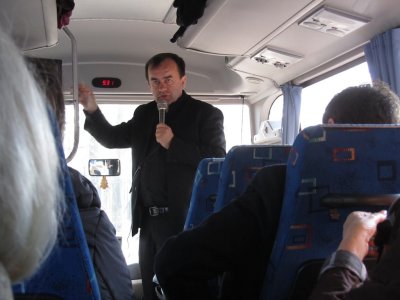
we join the study group early for a bus ride to the east side of Lviv... |
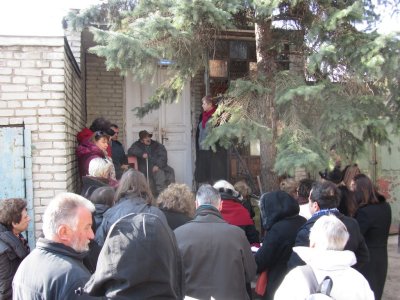
...to meet a witness to killings in the Lisinitchi fields |
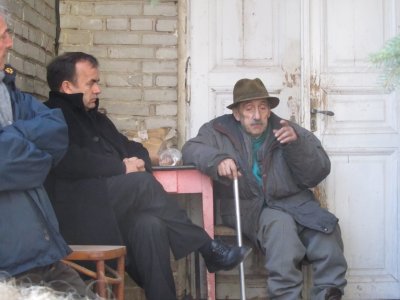
Adolf describes what he saw, as a 12-year-old in 1943 |
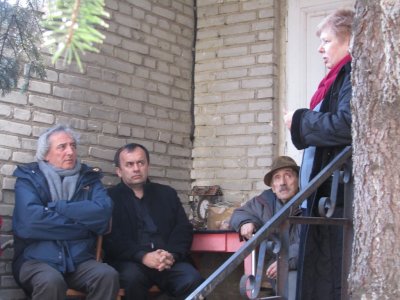
the translator repeats in French |
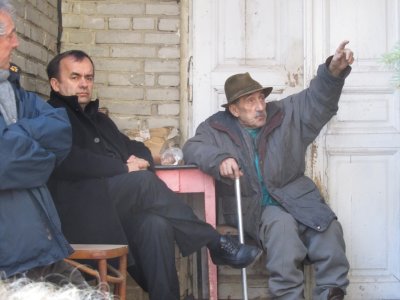
Adolf provided testimony for the Yahad work in the area during the past decade |
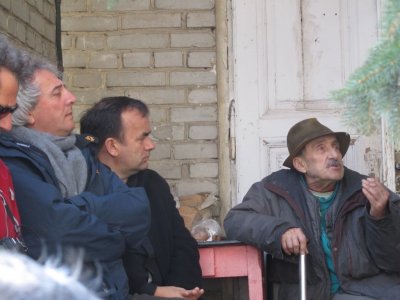 |
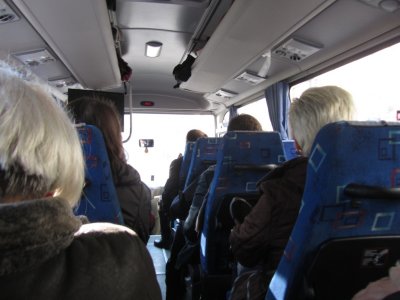
on the bus again, to the forest itself |
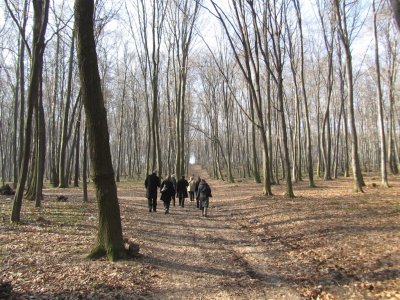
the Yahad team and guests head off into the woods |
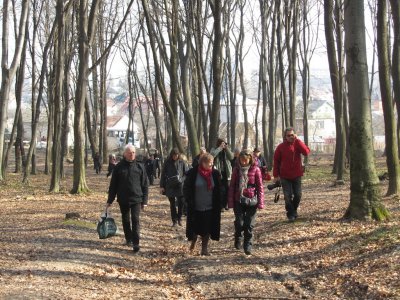 |
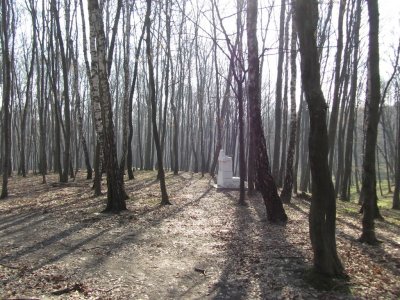
a military memorial; there are no memorials to the Jews |
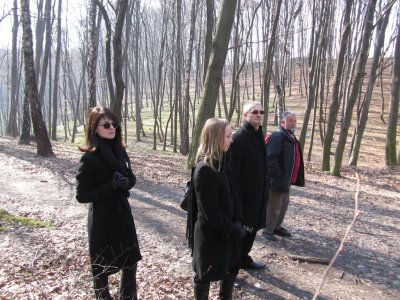
the group gathers |
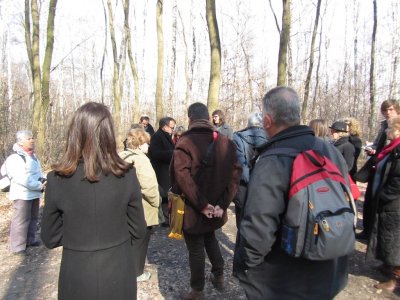
Father Desbois describes the extent of the mass graves... |
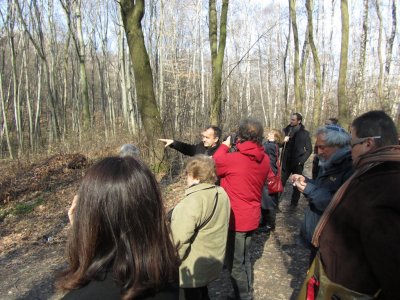
...and the process used by the Germans and their forced or willing collaborators |
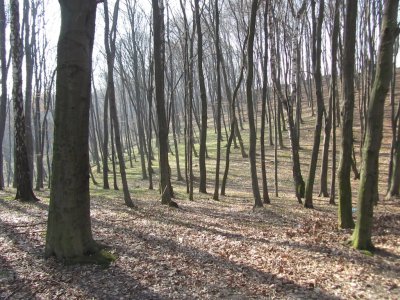
witnesses say these hills were treeless during the war |
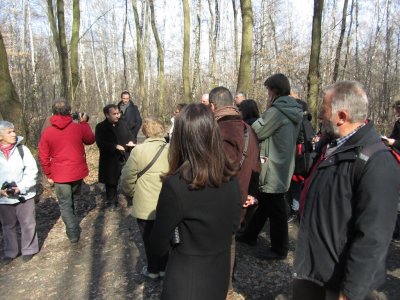
over 200,000 people were exterminated in the region during the occupation of Lviv, many in these ravines |
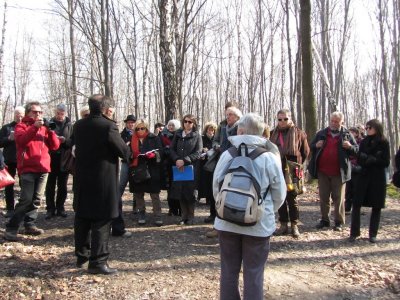
for the rest of the study group, this day follows a long one at Belzec and Rava-Ruska... |
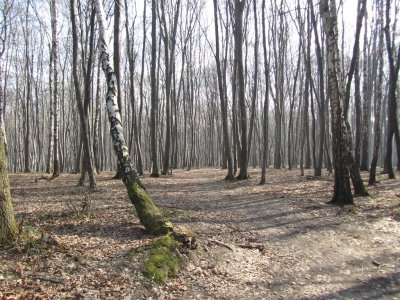
...preceded by another two days in the old Jewish quarter of Krakow, and the camps of Birkenau and Auschwitz |
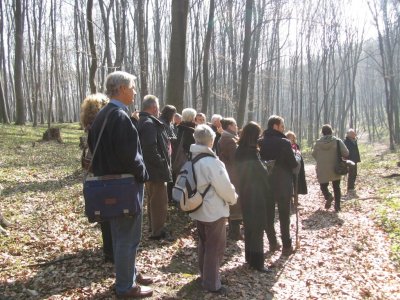
Yahad staff and guests are tired but attentive to the unique issues of this piece of world history |
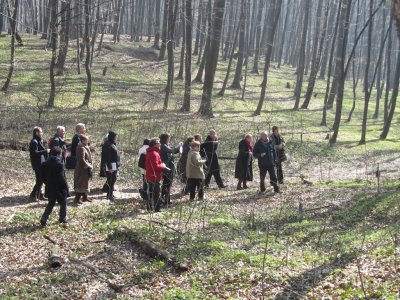 |
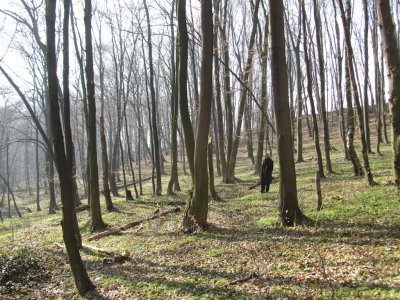
Yahad staff mark the site of one of the grave pits where war prisoners and Jewish civilians were shot and buried |
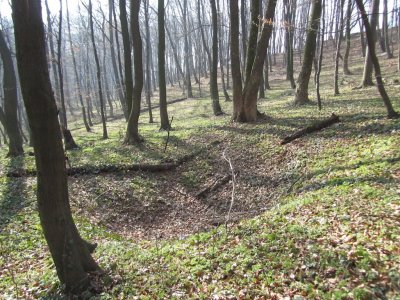
later, the pits were partially emptied and the bodies burned by the Germans and forced labor in Action 1005... |
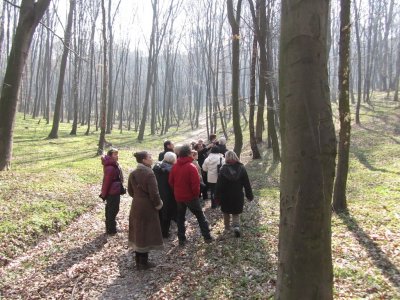
...as the Soviet army advanced on the area... |
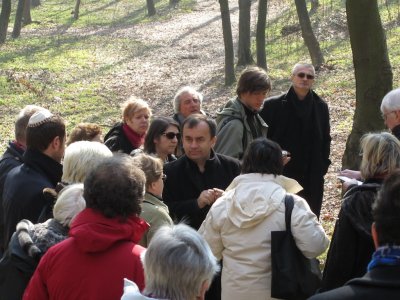
...but the work was incomplete; others continued to dig the gravesites for metals and anything valuable (and still do) |
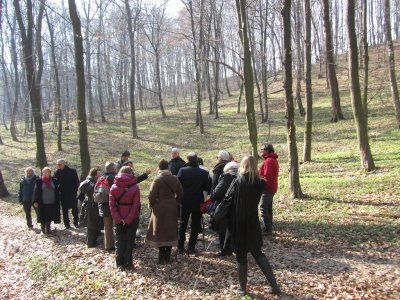 |
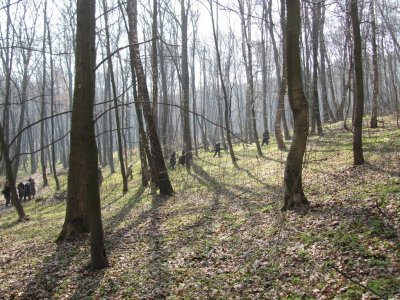
heading up a hill to another of the many grave sites |
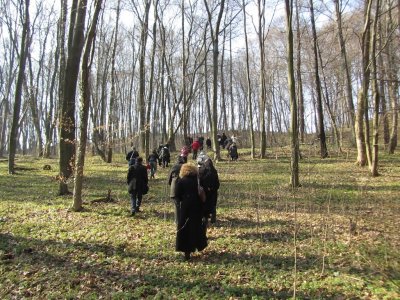
the woods are a picnic and recreation area now, ignorant of the recent past |
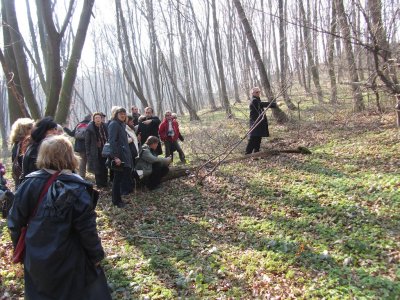
we pause for a discussion of the events, and the recent investigations to bring the crimes to light |
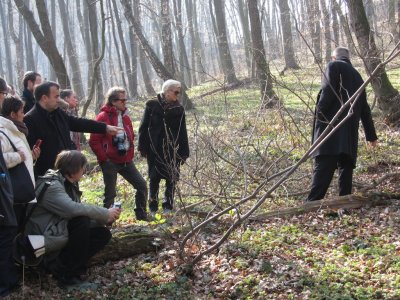
Yahad has been gathering physical evidence and taking testimony from witnesses in Eastern Europe since 2004 |
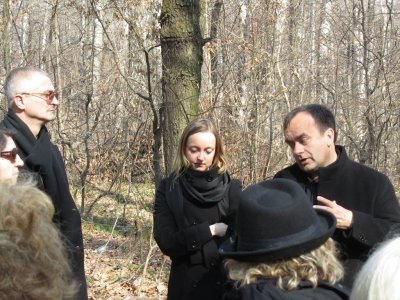 |
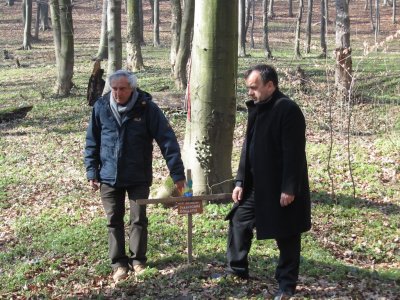
the leaders of this trip pause at a memorial to Italian prisoners of war killed in the same actions |
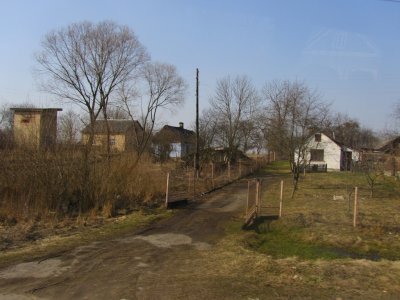
on the road again, further east... |
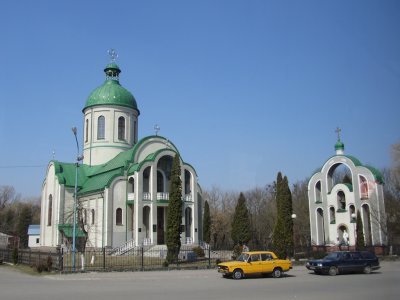
...to the town of Busk |
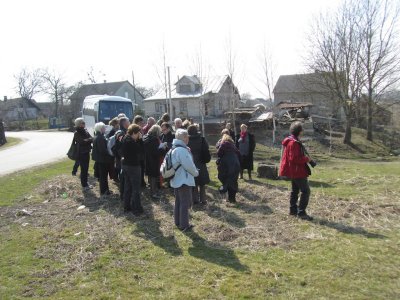
the group exits the bus at an ancient Jewish cemetery |
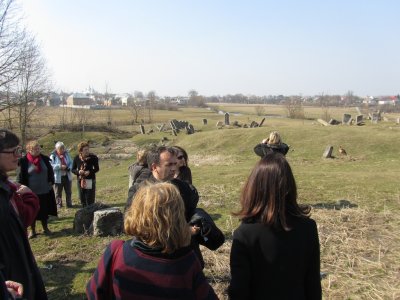 |
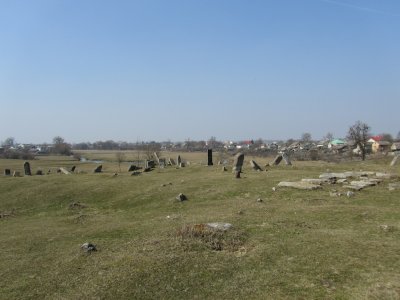 |
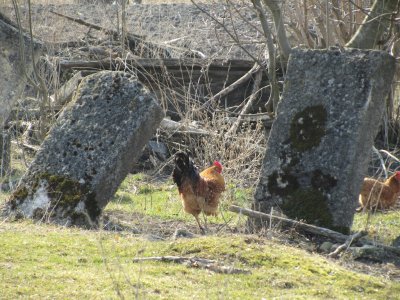
a bucolic setting, overlooking a site of horrible history, until recently undocumented |
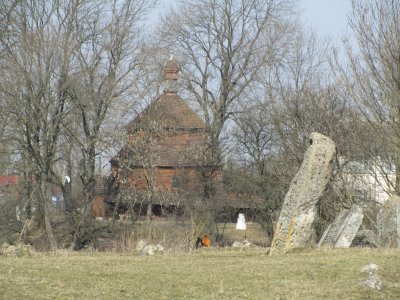 |
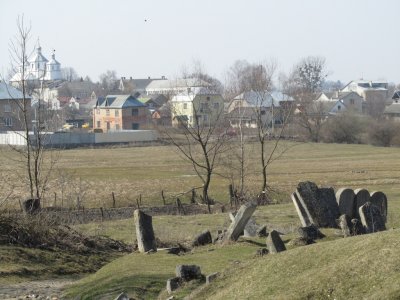 |
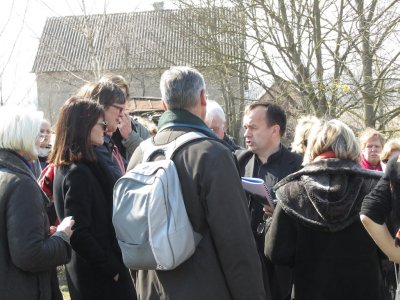
Father Desbois describes the area and the events which took place here |
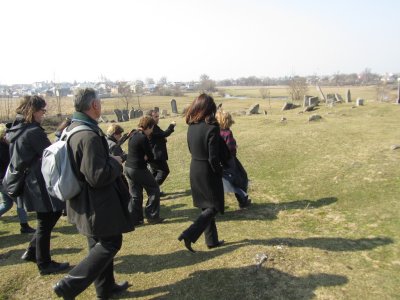
and we head down through the cemetery to the killing field |
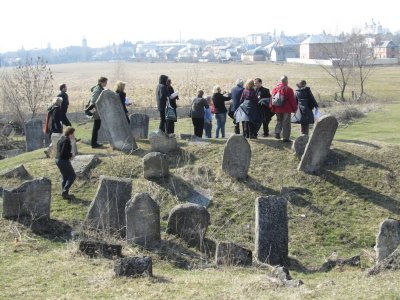
the group includes people from a dozen nations... |
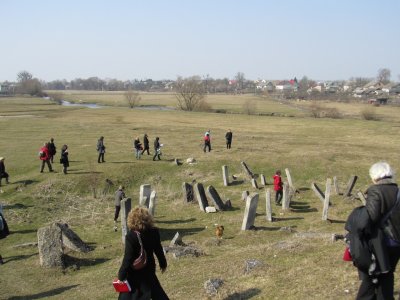
...with many reasons to be here and learn |
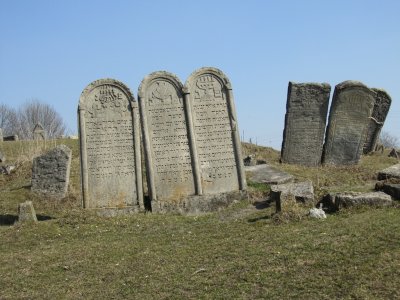 |
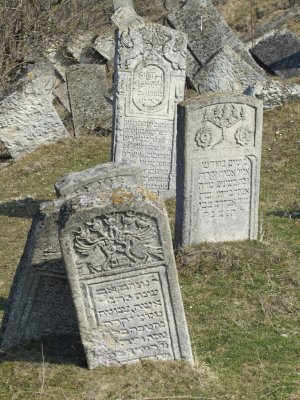 |
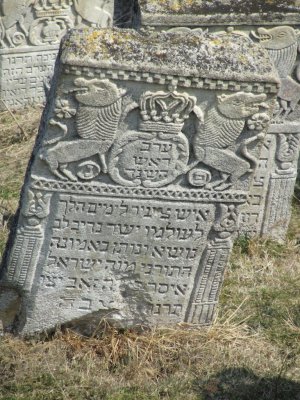 |
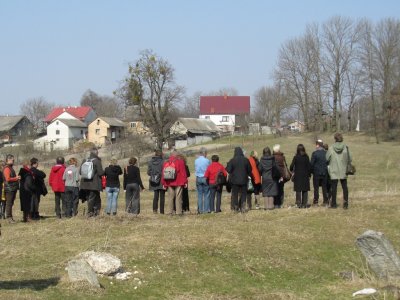
the group assembles at the site |
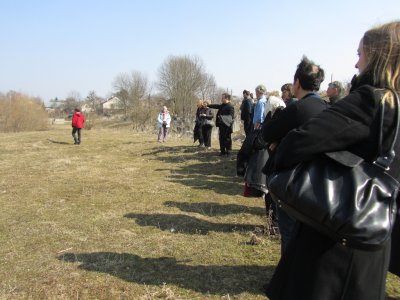 |
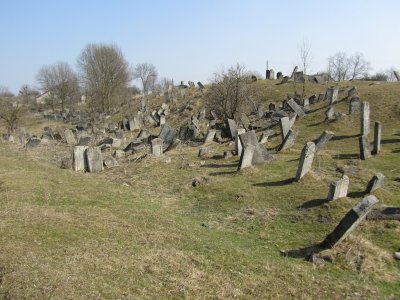
from the killing field to the cemetery |
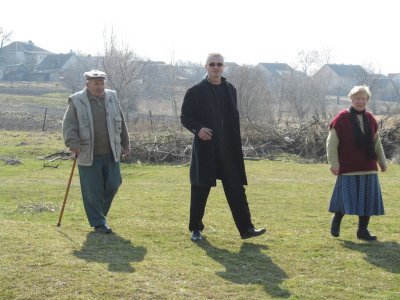
Anton, a witness to the killings as a boy, arrives with his wife and a Yahad staffer |

he describes what he saw from a grange above the river |
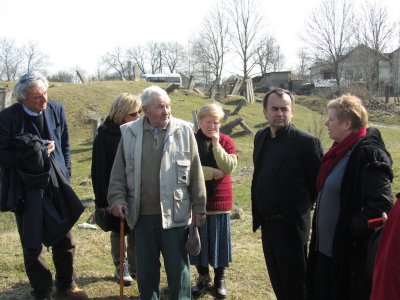
the translator tells us in French |
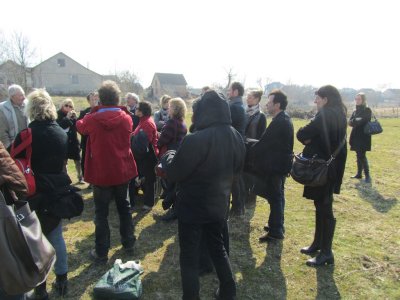 |
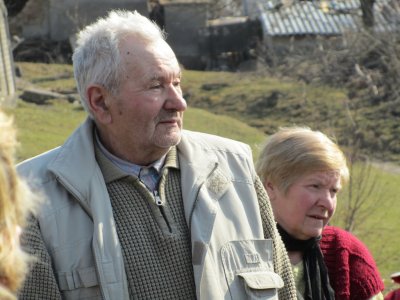
the times are difficult for Anton and his wife to relate |
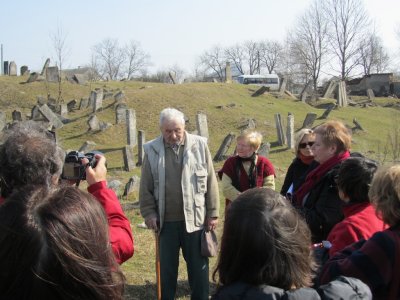
a thousand Jews were killed here beside the cemetery (another several thousand nearby) |
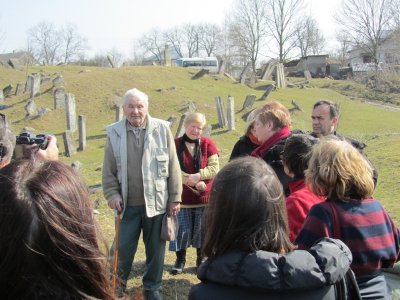
the bodies buried by forced labor |
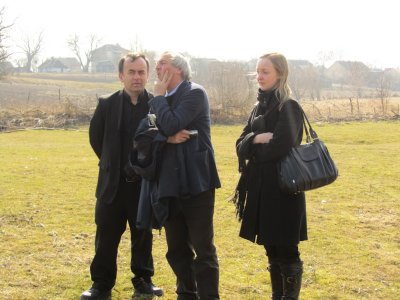 |
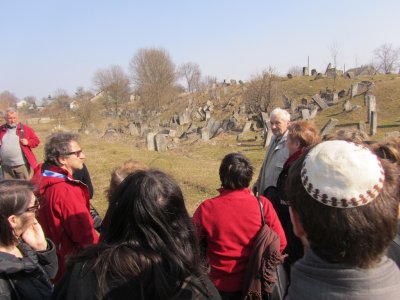
a view up the ravine from where the events took place |
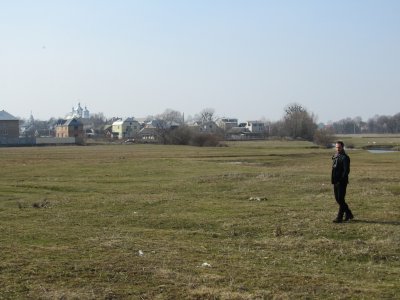
a pause for reflection |
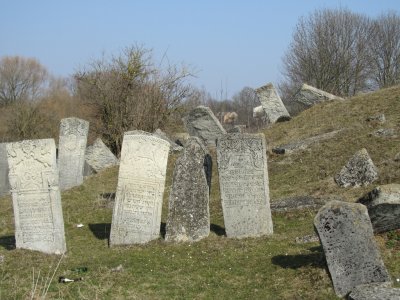 |
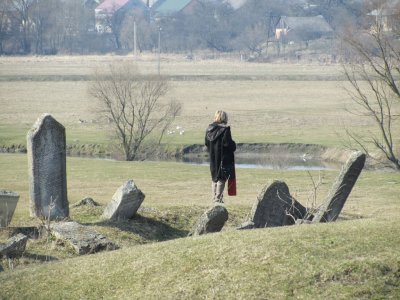
the history is difficult to absorb |
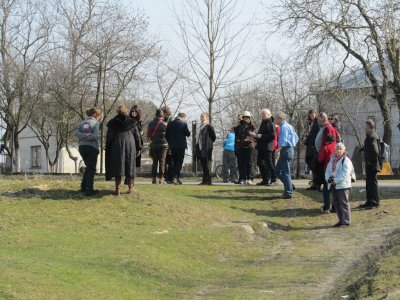
gathering again, before the next leg of the journey |
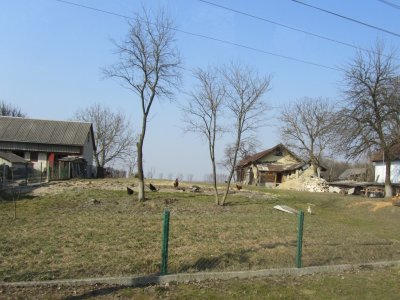
heading further eastward |
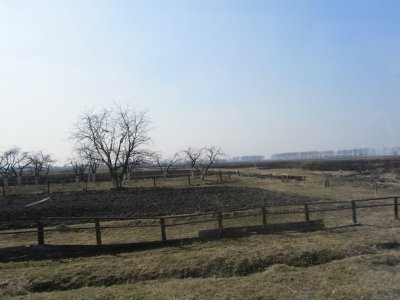 |
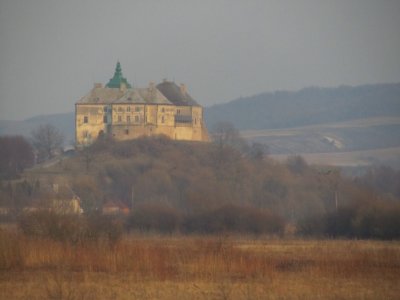 |
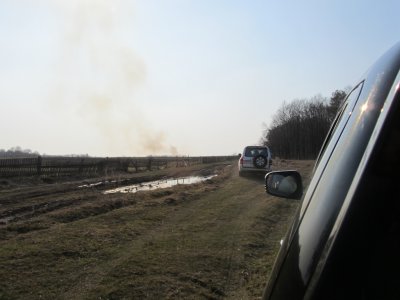
a change of transport, to handle the rougher roads |
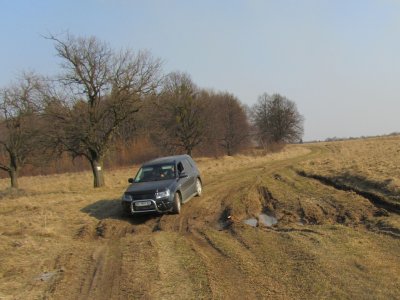 |
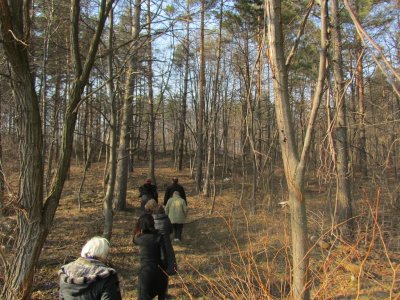
into the forest near Olesko |
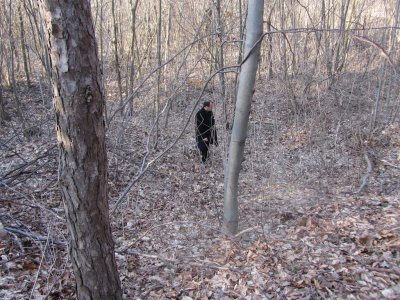
Father Desbois waits for the group to assemble |
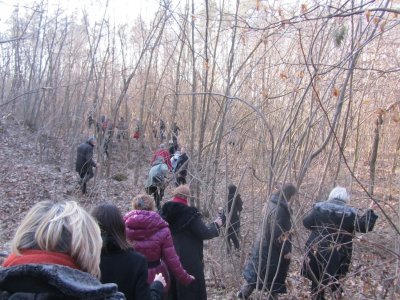
this is a site with no markers or memorials... |
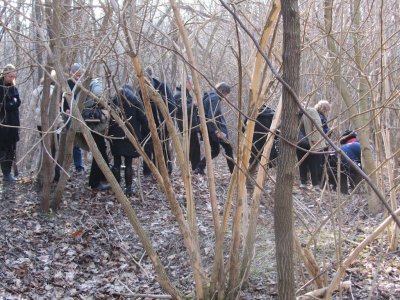
...where women and children were murdered and buried |
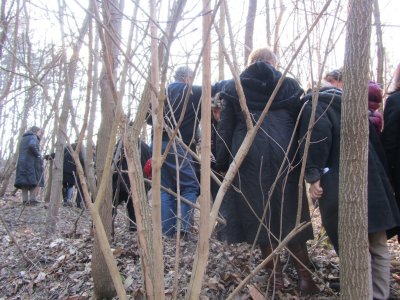
it is a sacred place |
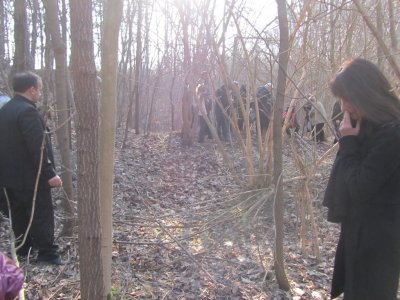 |
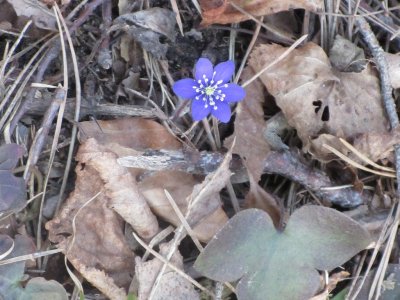 |
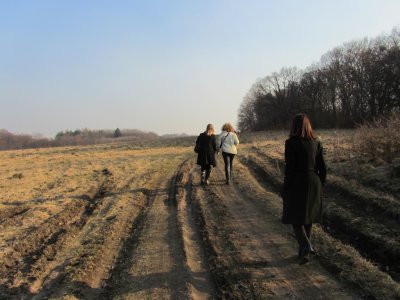
walking back to the cars and bus, a time to think about what we've seen today |
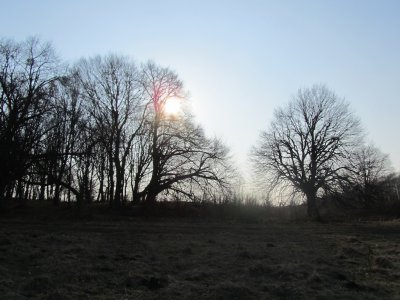 |
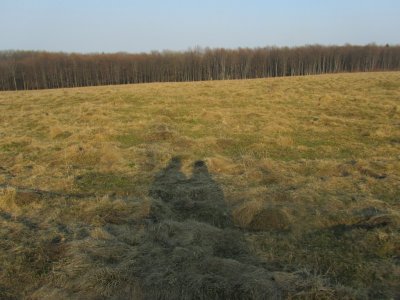
while the rest of the group heads back to Paris or other homes, we'll stay on in Lviv for another two months |











